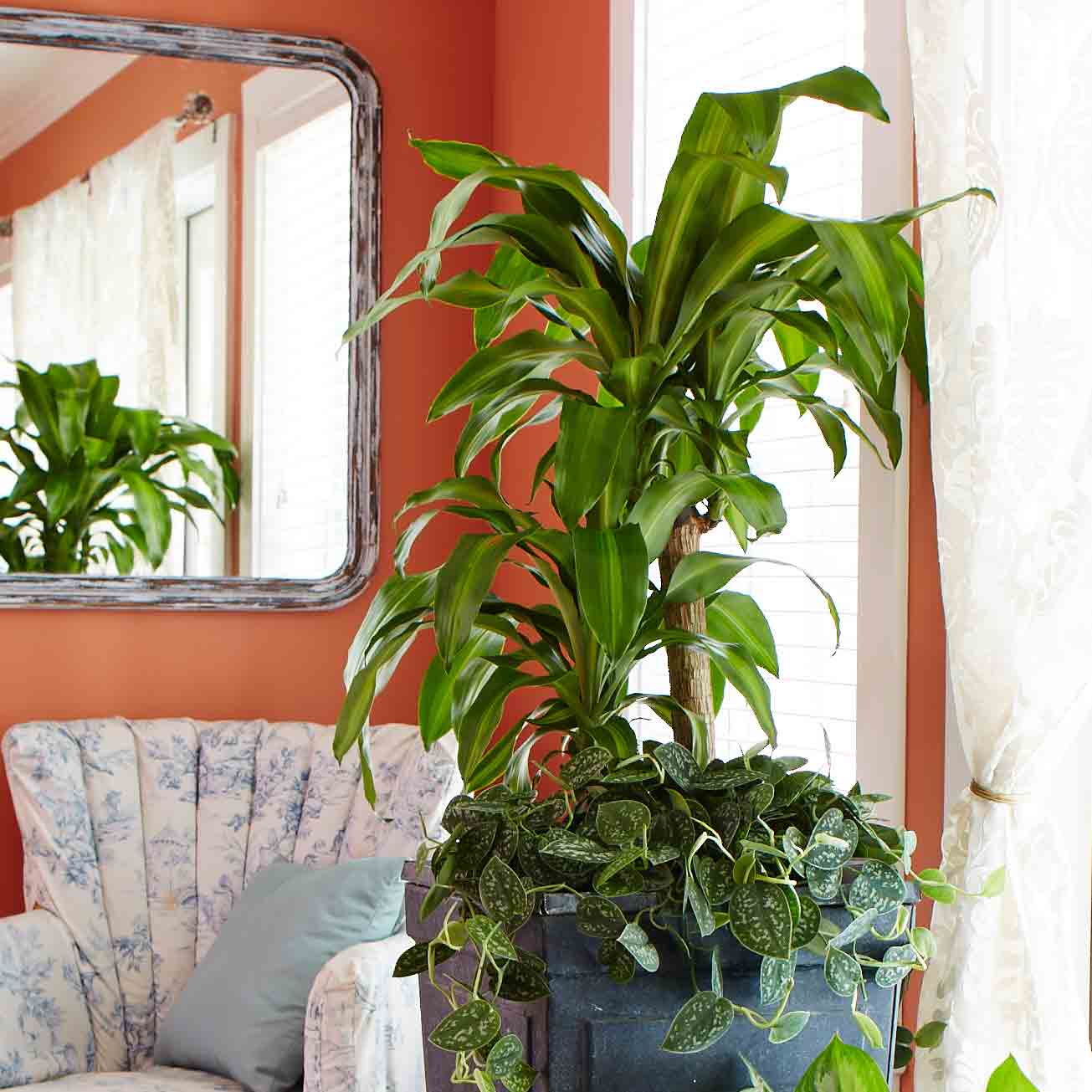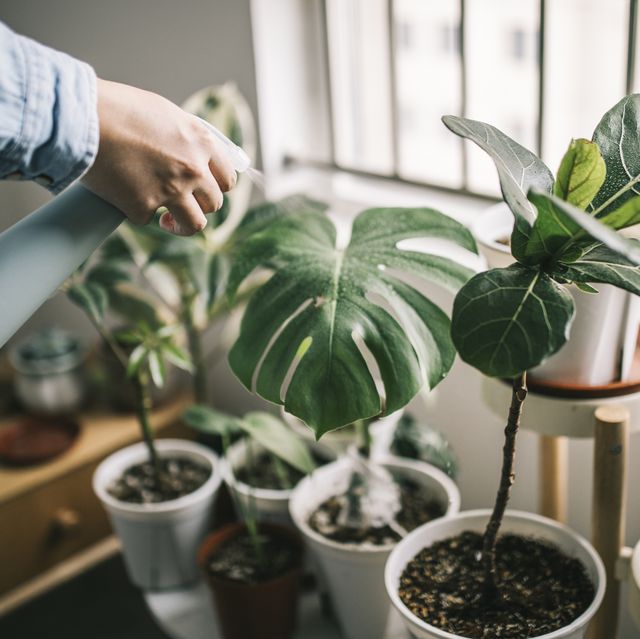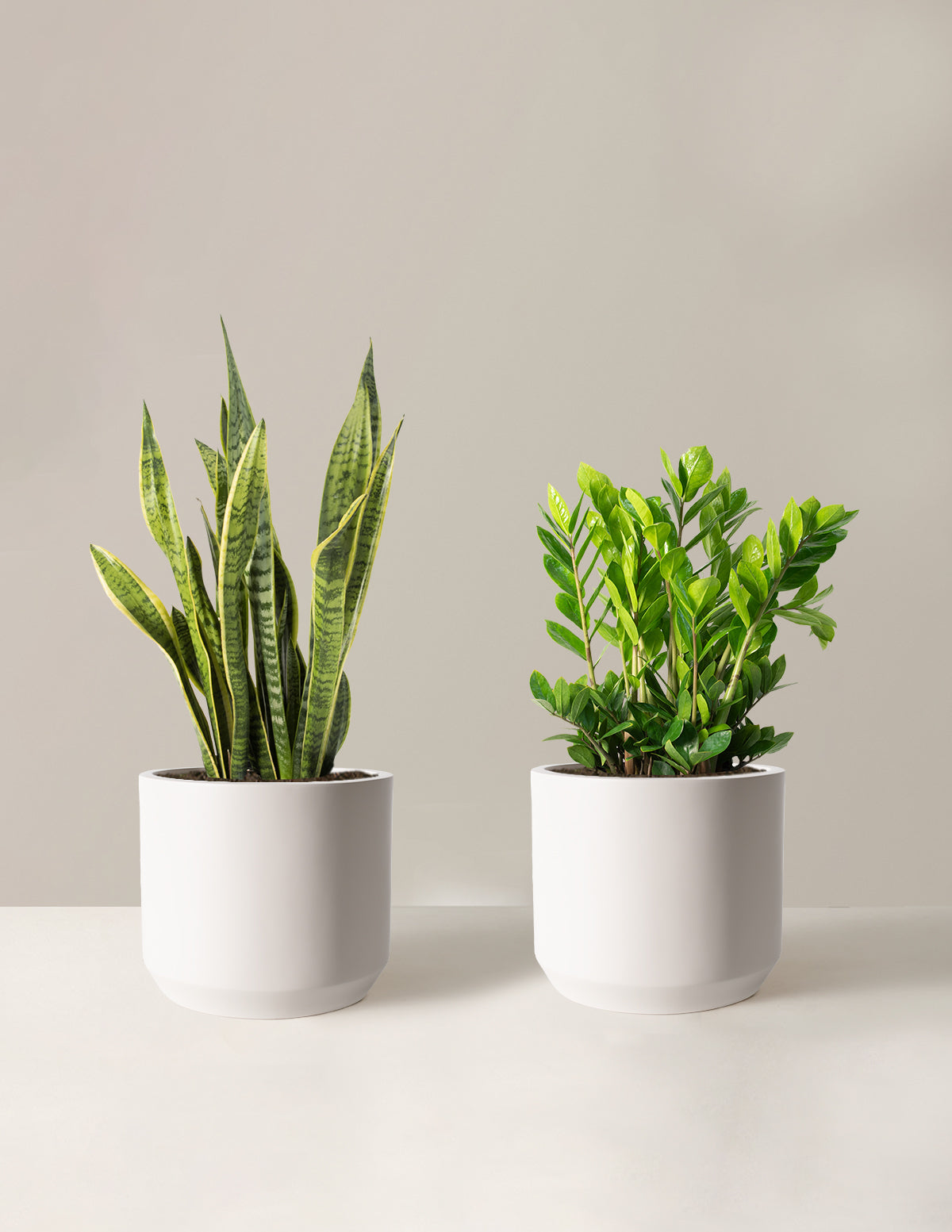The Best Low-Light Indoor Plants That Require Minimal Care and Attention
The Best Low-Light Indoor Plants That Require Minimal Care and Attention
Blog Article
Explore the Special Benefits of Low-Light Indoor Plants for Your Living Room
Incorporating low-light interior plants into your living space supplies a plethora of benefits that extend far beyond simple looks. These durable plants not only prosper in atmospheres with limited sunshine however additionally serve important features such as air filtration and humidity improvement.
Air Purification Benefits
Low-light interior plants not only improve the aesthetic charm of living areas but additionally play a substantial function in air filtration. Research study has demonstrated that specific plant species can properly remove common interior contaminants, consisting of formaldehyde, trichloroethylene, and benzene. These substances frequently emanate from house products such as furnishings, cleansing items, and structure materials, adding to interior air top quality concerns.
Plants such as the snake plant, pothos, and peace lily are especially proficient at filtering hazardous substances from the air while growing in low-light conditions. The process of phytoremediation, in which plants soak up and metabolize toxic substances, makes it possible for these types to contribute dramatically to a healthier indoor environment. Furthermore, via photosynthesis, plants launch oxygen, further improving air high quality.
Including low-light interior plants right into home or office spaces not only supplies aesthetic advantages however likewise acts as a functional strategy for improving air high quality. By selecting the best types, people can create an atmosphere that advertises wellness and minimizes exposure to harmful contaminants, making these plants an essential element in modern-day indoor living.

State Of Mind Improvement Impacts
Various researches have actually revealed that including indoor plants can significantly boost mood and overall mental well-being. The visibility of greenery in interior environments has been connected to minimized tension levels, enhanced feelings of calmness, and boosted emotional health. Low-light indoor plants, specifically, flourish in settings where natural light is restricted, making them excellent for numerous living rooms.
Research study suggests that connecting with plants can stimulate the launch of serotonin, a natural chemical connected with sensations of joy and well-being. Furthermore, the act of caring for plants fosters a sense of obligation and success, additional adding to positive mental health and wellness end results. In addition, low-light plants such as snake plants, pothos, and tranquility lilies have actually been shown to boost air quality, which is inherently connected to mood enhancement.
Including these plants right into your office or home can produce a calm ambience, supplying a sensory and aesthetic escape from the hustle and bustle of daily life - Best low-light indoor plants. As individuals invest boosting amounts of time inside your home, the mood-enhancing effects of low-light interior plants come to be much more crucial, offering not only visual charm but likewise an extensive effect on psychological health
Low Upkeep Requirements
For those seeking to enhance their interior spaces without a substantial time dedication, low-light indoor plants are an excellent option as a result of their reduced upkeep requirements. These resilient plants grow in less-than-ideal lighting problems, making them perfect for homes and workplaces where all-natural sunlight is restricted.

Pest resistance is another benefit of low-light indoor plants. Several ranges are less at risk to usual pests, reducing the need for continuous monitoring and treatment. Furthermore, these plants usually expand more slowly than their high-light equivalents, implying much less frequent repotting and trimming are required.
Aesthetic Charm and Versatility

In addition, these plants can be set up in myriad sites means, whether in teams for a rich effect or as standalone functions to draw the eye. The options of planter styles-- from smooth ceramic pots to rustic wooden containers-- additionally improve their visual value, enabling home owners to reveal their personal style.
Moreover, low-light plants can be purposefully put in locations that might otherwise feel neglected, such as corners or poorly learn the facts here now lit shelves, thus maximizing their ornamental potential. Eventually, the combination of their striking look and adaptability makes low-light indoor plants a beneficial addition to any type of living area, creating an inviting atmosphere that promotes health and leisure.
Boosted Moisture Degrees
Enhancing interior moisture levels is among the considerable advantages of including low-light indoor plants into living rooms. These plants normally launch wetness vapor via a process recognized as transpiration, which happens when water soaked up by the origins moves via the plant and evaporates from the fallen leaves. This process not only boosts moisture yet also adds to a healthier interior setting.
Improved humidity degrees can ease different wellness concerns, such as dry skin, respiratory system issues, and allergic reactions. Lots of individuals experience discomfort in dry interior conditions, particularly throughout winter months when heater remain in usage. By strategically positioning low-light plants throughout your home, you can create a more balanced humidity level that promotes overall health.
Moreover, particular low-light indoor plants, like peace lilies and spider plants, are particularly efficient at enhancing moisture. Their capability to thrive in low-light settings makes them ideal for various rooms, from workplaces to bed rooms. In enhancement to improving moisture, these plants can likewise enhance air high quality by filtering system out usual indoor contaminants, making them a beneficial enhancement to any type of home. Therefore, low-light indoor plants serve both aesthetic and practical objectives, advertising a healthier atmosphere.
Conclusion
In summary, low-light interior plants supply various advantages that add browse around this web-site to a healthier and much more inviting living room. Their ability to cleanse the air, boost mood, and enhance humidity degrees underscores their worth as reliable style components. Furthermore, their reduced upkeep needs and visual versatility make them appropriate for numerous atmospheres. Incorporating these resistant plants right into indoor settings not just elevates the atmosphere however likewise advertises total health, developing a tranquil shelter for residents.
Plants such as the snake plant, pothos, and tranquility lily are particularly experienced at filtering damaging compounds from the air while thriving in low-light conditions. Low-light plants such as snake plants, pothos, and peace lilies have been shown to improve air top quality, which is fundamentally linked to state of mind improvement.
Low-light indoor plants, such as serpent plants, pothos, and ZZ plants, not only boost the aesthetic landscape of a space yet additionally introduce numerous textures and shades of green that can enhance diverse indoor designs. These plants normally release dampness vapor via a procedure known as transpiration, which occurs when water taken in by the roots relocates via the plant and vaporizes from the leaves.Moreover, particular low-light interior plants, like peace lilies and crawler plants, are especially reliable at raising humidity.
Report this page